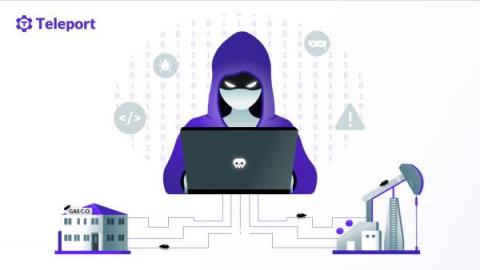How to Set Up Two-Factor Authentication for SSH
One way to enhance SSH login security is by using two-factor authentication (2FA). This approach forces an administrator to self-identify with an additional security verification in addition to the local admin credentials. This tutorial guides you through setting up Google Authenticator PAM to enable 2FA for users connecting to SSH on a Linux server. We’ll use nano as our editor in examples.











